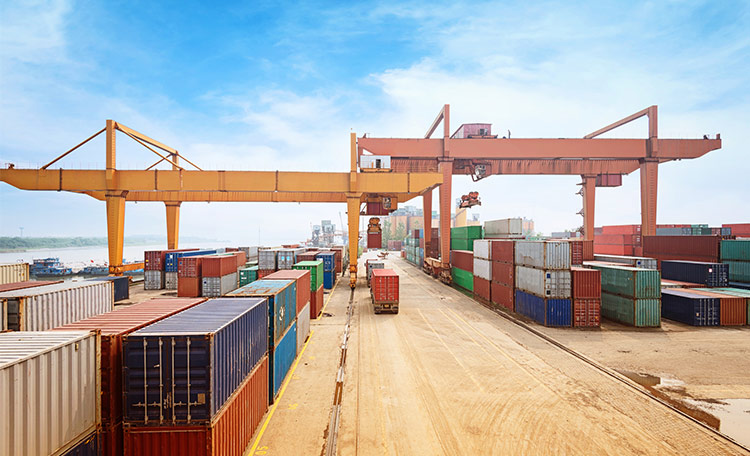
In the past decade, the rise and fall of mainland Chinese investment in global real estate markets has created quite a stir amongst the international real estate community. However, in recent years overseas real estate investment activities of this group of investors has shifted from overseas acquisitions to disposals, with 2019’s total overseas investment volume down 79% since the peak in 2017.
Cushman & Wakefield Research has been tracking activity and deals over US$5 million, through the highs to the current lows. In early 2020 Cushman & Wakefield launched the fifth annual China Outbound Real Estate Investor Intentions Survey. Over 40 senior real estate investors contributed to the survey. In this report we look at recent investment activity, and discuss and contrast this with the findings of the 2020 China Outbound Real Estate Investor Intentions Survey.
While this survey was underway the COVID-19 situation first emerged. Much has changed since then, but this is a global pandemic and as such we do not expect it to impact investor sentiment by destination. However, the economic downturn caused by COVID-19 will have a significant impact on deal volume in 2020, and some international markets may recover and become accessible more quickly than others. The subsequent impact on global asset pricing on specific sectors such as retail, hotels and senior care facilities may create sector- specific distress, but at the same time will generate opportunity.


